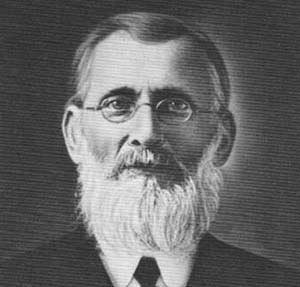
1870s
In 1871, the Great Fire reduced Chicago to ashes and many young families lost everything but their lives. John Jacob Weber was one of those. He worked construction by day, for seventy-five cents an hour, and studied to be a lawyer by night.
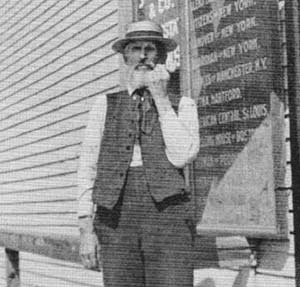
1880s
In 1887, Hoyne Building and Loan Homestead Association was chartered. Its purpose was to contribute to the financial growth of Chicago. By 1890, four out of five Chicago residents were immigrants and Chicago was the second most populous city in the nation.
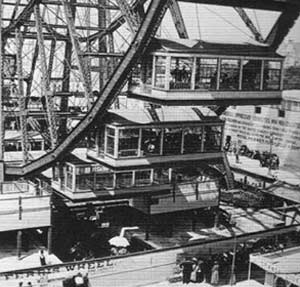
1890s
The City hosted The Columbian Exposition in 1893 which brought thousands of people from all over the world.

1890s
As Hoyne celebrated its tenth anniversary the ‘L’ train was built and Chicago started calling the area “The Loop”.

1900s
In 1907, Chicago’s National League team became known as the Cubs and the city continued to grow.

1910s
We were drawn into World War I as a nation in 1917 and at that time Soldier Field was built and the White Sox were World Series Champions.
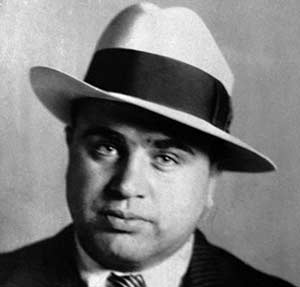
1920s
Hoyne had surpassed the one hundred fifty thousand dollar mark in assets in 1920 at the time a hoodlum named Al Capone rose to prominence.
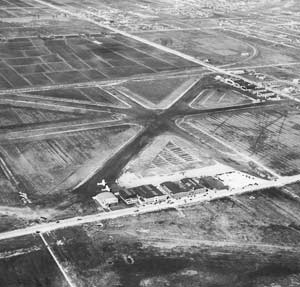
1920s
In 1927, the airfield later known as Midway was dedicated.
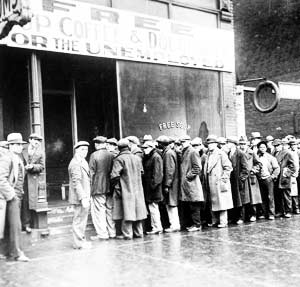
1920s
Chicagoans would always remember 1929, a day called Black Thursday, when the stock market crashed, and plunged America into the Great Depression. Nine thousand banks closed their doors over the next four years, but Hoyne remained stable, strong and open for business.

1930s
Hoyne had assets in excess of two hundred fifty thousand dollars in 1935 and moved from 22nd Street to Milwaukee and Higgins in Jefferson Park.

1930s
At the beginning of World War II, Hoyne supported the war effort by selling war bonds.
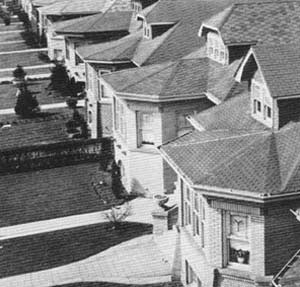
1930s
In the years that followed, Hoyne took pride in financing the post-war building boom.
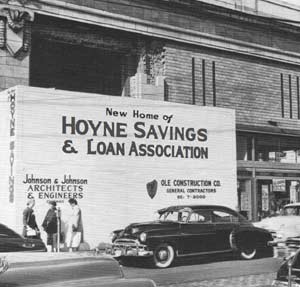
1950s
In 1954, Hoyne’s quarters could no longer contain its growth and the Association bought the old Jefferson Park Bank building, remodeled it and moved in. This was the year Richard J. Daley was elected Mayor.
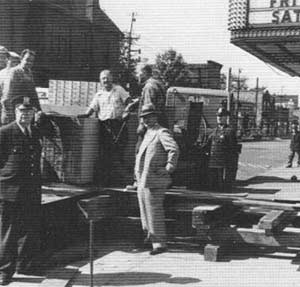
1950s
In 1954, Hoyne’s quarters could no longer contain its growth and the Association bought the old Jefferson Park Bank building, remodeled it and moved in. This was the year Richard J. Daley was elected Mayor.
1950s
In 1954, Hoyne’s quarters could no longer contain its growth and the Association bought the old Jefferson Park Bank building, remodeled it, and moved in. This was the year Richard J. Daley was elected Mayor.
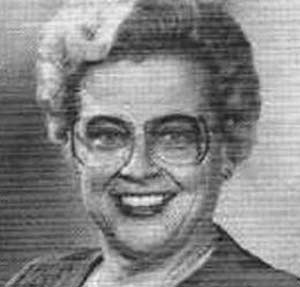
1970s
Two more generations of the Weber family came on board in 1973.
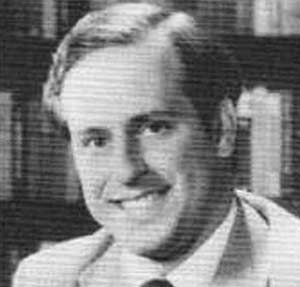
1970s
Two more generations of the Weber family came on board in 1973.
1970s
Two more generations of the Weber family came on board in 1973.
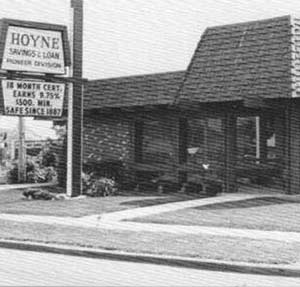
1970s
The suburbs around Chicago began to grow and Hoyne looked to expand. They merged with Pioneer Savings in 1976. They had offices on 26th Street in Chicago and in Wheeling, Illinois.
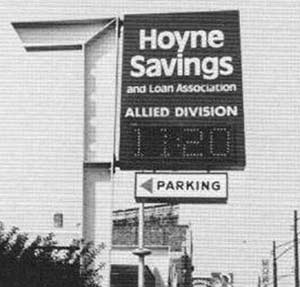
1980s
In 1981, Hoyne acquired another small Savings and Loan, Allied Savings, which was located at 7001 W. Grand Avenue in Chicago. The office was completely rebuilt and modernized in 2010.
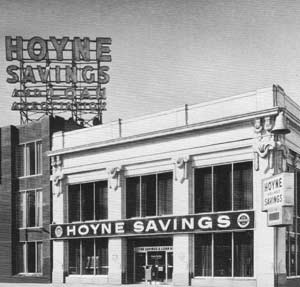
1980s
In 1987, (The 100th Anniversary), Hoyne’s assets stood at two hundred fifty three million dollars. Hoyne has been tried, tested, and trusted. No saver has lost a single penny. No saver has missed a single dividend. The Management has been steadfast in their commitment to customer security.
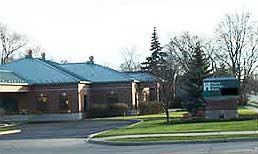
1990s
Seeking further to expand, Hoyne built a branch in Woodstock, Illinois on the corner of St. Johns Road and Highway 47 in 1993.
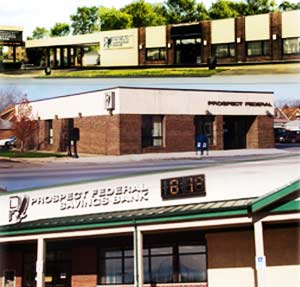
2010s
In April 2017, Hoyne merged with Prospect Federal Savings Bank in order to ensure its competitive edge in today’s banking environment. This merger resulted in the addition of three full service banking offices at 11139 S. Harlem Ave., Worth, 6858 S. Pulaski Road, Chicago and 4646 W. 103rd Street, Oak Lawn. With this merger, Hoyne has a total of seven banking offices across the Chicago area to service the banking needs of the communities that we serve.

2020s
As we enter 2020, Hoyne now has assets over $425 Million and is one of Chicagoland’s oldest and safest savings institutions. For 143 years Hoyne has served its customer base well, promoting home ownership throughout Chicagoland’s neighborhoods and communities.
Hoyne possesses tried and true values and modern banking platforms and is pleased to assist you, our valued customers.




